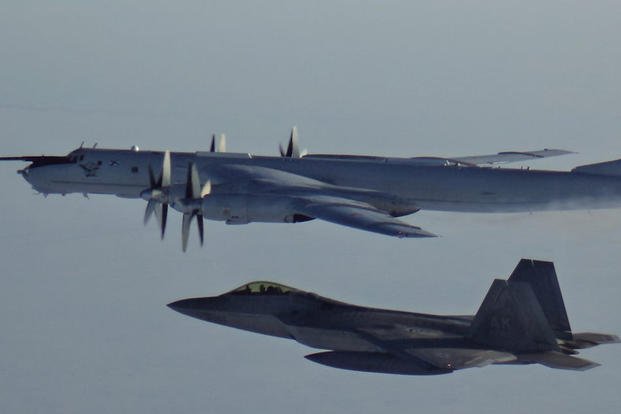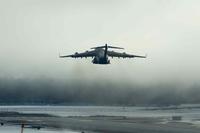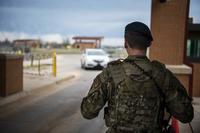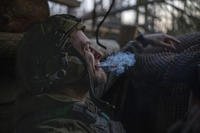On July 4, 2015, two Russian TU-95 "Bear" bombers flew too close to the United States. Their mission was (apparently) to bring a message to the American people.
At 10 a.m. Eastern Time, the Tupolev bombers flew into the North American Air Defense Identification Zone (ADIZ) near Alaska -- roughly 200 miles beyond the U.S. coastline -- and were intercepted by Air Force fighters.
One of the Russian pilots radioed the intercepting F-22 Raptors: "Good morning, American pilots, we are here to greet you on your Fourth of July Independence Day."
U.S. airspace begins 12 miles from the coast. The ADIZ was established so that the U.S. could identify incoming aircraft as early as possible. If a foreign military aircraft is going to enter the zone, it must file and close a flight plan specifying the duration of penetration at least 15 minutes before it enters the zone.
Failure to file will result in a military interception, as in the case of the Russian military aircraft.
An hour after the bombers sent the message off Alaska, two more Tupolev bombers were intercepted by F-15 Eagle fighters off the coast of California. There was no greeting from either of those Russian pilots.
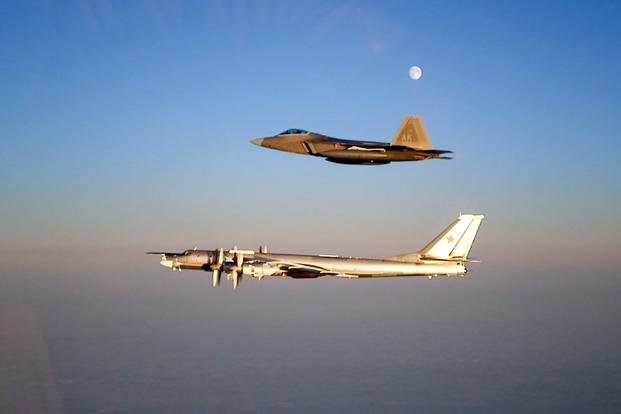
As the bombers were intercepted off California, Russian President Vladimir Putin called then-President Barack Obama to wish him a happy Fourth of July.
It wasn't the first time Russian warplanes flew close enough to the United States to be intercepted on a July 4th holiday. They did the same thing in 2012, again off the coast of California.
Russian aircraft are routinely intercepted in the ADIZ off the United States' West Coast, though not always on the 4th of July. Defense officials estimate American fighters have intercepted Russian aircraft an average of 10 times every year since 2014.
In March and April 2020, U.S. and Canadian planes intercepted two Russian Tu-142 and two IL-38 maritime reconnaissance aircraft in the Alaskan Air Defense Identification Zone.
That may seem like a lot, especially for early in the year, but it pales in comparison to living near Russian soil. NATO reported almost 300 interceptions of Russian aircraft in 2019 alone.
Air intercepts are generally peaceful situations, like that Russian Bear pilot just dropping in to wish us a happy Independence Day.
-- Blake Stilwell can be reached at blake.stilwell@military.com. He can also be found on Twitter @blakestilwell or on Facebook.
Want to Learn More About Military Life?
Whether you're thinking of joining the military, looking for post-military careers or keeping up with military life and benefits, Military.com has you covered. Subscribe to Military.com to have military news, updates and resources delivered directly to your inbox.
